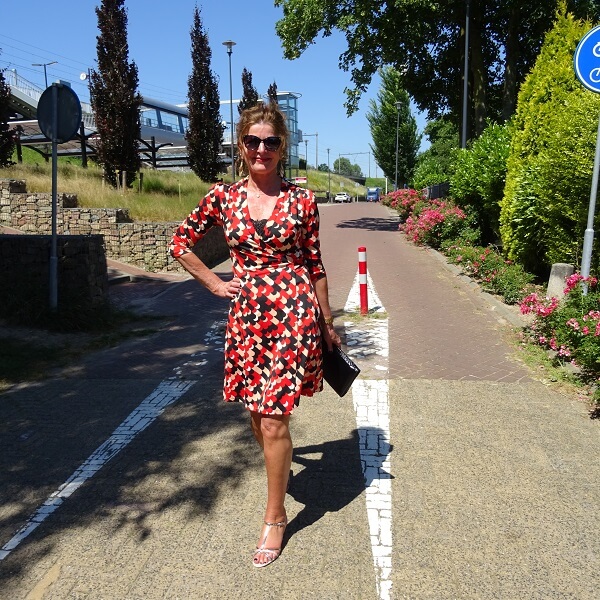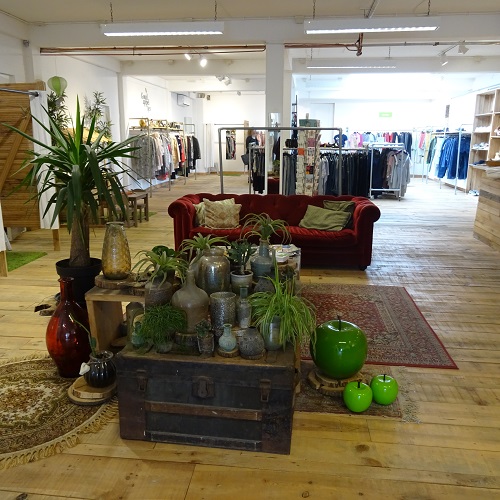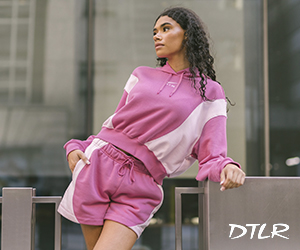
5 Tips for Effortlessly Thrift shopping
Thrift shopping has, in recent years, evolved from being a fringe activity into a highly popular pastime, and it’s not hard to see why. For one thing, there’s no understating the environmental implications of fast fashion, which have only begun to weigh more heavily on the collective conscience with the passage of time. With landfills piling up with disposable clothing and the fashion industry being pinpointed as one of the world’s biggest contributors to pollution, it only makes sense for consumers to pivot toward more sustainable fashion practices.
Besides its unquestionable ecological benefits, thrifting is also a highly economical move. In these highly uncertain times, it makes more sense than ever to spend prudently—and thrift stores present an avenue to look chic on a budget. Fashion enthusiasts can now pick up vintage pieces or try out new trends without necessarily breaking the bank, and without having to worry about their environmental footprint, to boot.
However, there’s also no denying that the thrifting experience can initially seem chaotic to those new to the scene. Arrayed in front of you are garments from diverse eras, styles, and backgrounds. The key is to not get overwhelmed, as with the right strategy, thrifting can go from being intimidating to intensely rewarding. Follow the tips below to stay on top of your thrifting experience and take home great finds.
Know what you’re looking for when thrift shopping

The unpredictability of thrift stores can be charming, but it also undeniably makes the shopping experience challenging for the uninitiated. Unlike department stores with their meticulous categorizations and displays, the products at thrift stores are often laid out with very little rhyme or reason. Hence, the first step to effective thrifting is to set clear objectives.
Before stepping into the store, visualize the gaps in your wardrobe or specific looks you’re aiming for. Looking to supplement your cold-weather wardrobe? Then your list might consist of sweaters, coats, or opaque tights in interesting colors or patterns. Do you work a remote job in a field like graphic design, web development, or content marketing ? Chances are you could use some comfy loungewear to make the work-from-home life more comfortable.
Whatever you end up needing or wanting, keep at least a mental checklist of items to look out for, or you could even write it out if that works better for you. This will both bring some order to your shopping experience and help prevent an all-too-familiar bout of buyer’s remorse. After all, a bargain isn’t truly a bargain if it’s destined to languish at the back of your closet.
Dress appropriately when you go thrift shopping

It doesn’t make sense to spend on clothing that doesn’t fit you, no matter how cheap it is. Naturally, you’ll want to make sure that this designer dress or that vintage coat will look as good on you as it does on the hanger. The trouble is that many thrift stores don’t have dressing rooms, which means you’ll probably end up having to try on clothes right in the aisle.
Fortunately, dressing strategically can make this process much easier and less uncomfortable than it seems at the outset. Opt for neutral, snug base layers—think leggings, tank tops, shorts, or fitted t-shirts. These allow you to slip on most clothes over them, allowing you to see how your chosen items will sit on your body before you shell out money for them.
Don’t impulse-buy

It’s easy to get swept up in the excitement of thrift shopping, which can often feel like a treasure hunt. A designer dress at a fraction of the original price or a pair of unique vintage shoes might feel like a must-have in-store, but it’s crucial to keep a clear head. Impulse buying will only lead to a cluttered wardrobe filled with items that you’ll never wear, and the seemingly low cost of each individual piece can still add up to a hefty sum in the end.
Before making a purchase, ask yourself if you really need the item and if it fits with your existing wardrobe and lifestyle. Try paying with cash or setting a budget before shopping to keep yourself in check. It may also be helpful to go through your pile carefully before you pay, discarding any items you’re not sure about and only hanging on to those you’ve determined you really love.
Stock up on cash

Most retail establishments these days accept digital and card payments, but that may not be the case for thrift stores, especially smaller or local ones. These shops will typically only take payment the old-fashioned way, so be sure to carry enough cash when you head out thrift shopping to avoid any mishaps at the checkout counter. You may also want to have lots of smaller bills and change on hand in case stores don’t have exact change.
Examine your chosen thrifted pieces carefully
While thrift shopping promises unique finds and incredible deals, it also requires a discerning eye. Thrifted items are preowned, so they’ll likely come with minor flaws or damage. Before getting too attached to a piece, inspect it thoroughly for any stains, rips, missing buttons, or malfunctioning zippers. It might be possible to fix some of these flaws yourself or take the item to a skilled tailor, but make sure that the effort and potential additional cost of doing so is worth the purchase price.
While the experience can be a bit daunting for newcomers, anyone can master the art of thrift shopping with a bit of preparation—and the environmental and budgetary benefits of doing so are hard to argue with. The next time you venture out, bear in mind that thrifting well is about much more than snagging a bargain. In the end, you want to make informed choices and come out with items that truly resonate with you.







